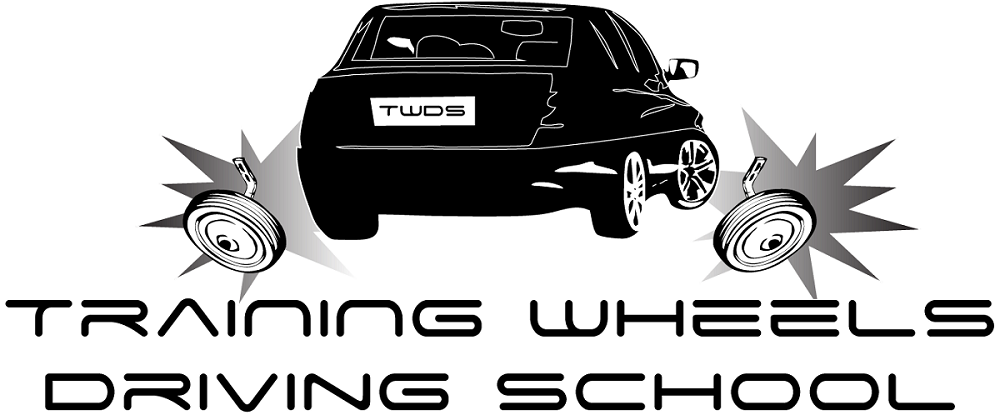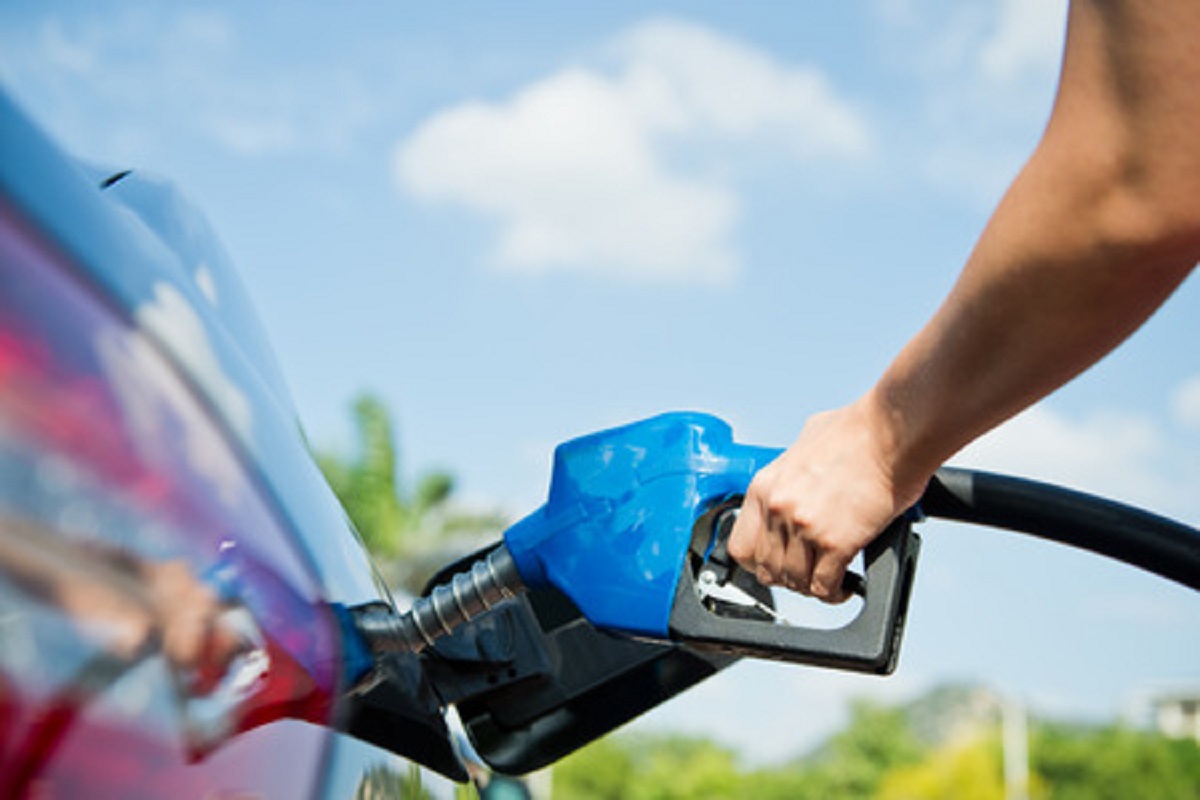Given the fluctuating nature of gas prices in general, many drivers are now far more aware of the amount of fuel their vehicle calls for and the corresponding price tag. Admittedly, a car’s exact fuel requirements vary depending on a car owner’s individual circumstances—highway or city, tire pressure, road conditions, etc.—but it is possible to cut down on the amount of fuel individuals use, and it is also quite easy. To get an idea, here are a few ways you can minimize your own fuel consumption.
Turn Off the AC
A car’s air conditioner uses fuel to cool the air in your car, meaning there is less gasoline for actual driving. In fact, running the AC on its highest setting can decrease a car’s fuel economy by nearly 25 percent. So, an easy way to use less fuel is to simply turn the AC down or off once the vehicle has cooled.
Maintain the Speed Limit
It’s fairly common knowledge that the faster individuals drive, the more gasoline they will use. Take note that this isn’t just a few bits here and there—every five extra miles per hour over 50 mph is equal to paying maybe $0.19 more for every gallon of gas.
Turn the Car Off in Traffic
If you’re stuck in traffic and find yourself idling, leaving the car on largely just wastes fuel without getting you anywhere. During times when it is safe, such as when traffic is held up in gridlock for hours at a time, turn off the engine and save your unused fuel from floating out your exhaust pipe.
Do Not Use Rooftop Carriers
While rooftop cargo carriers save some space inside cars, they also greatly diminish a car’s aerodynamics, slowing the car down a lot and therefore causing it to consume more fuel. Drivers may be better off managing space within the trunk or using a towing trailer as a more fuel-conscientious option.
Keep Tires Inflated
Underinflated tires are said to decrease gas mileage by 0.3 percent if every tire is low. Whether you use a free, gas station air pump or your own air compressor, inflate low tires to their recommended PSI, which can be found in the car’s owner’s manual. Cars also sometimes list the recommended tire pressure inside the driver-side door or in the glove compartment.
Replace the Air Filter
Replacing a car’s air filter is the most direct and one of the cheapest ways to increase fuel efficiency. Ensure that you buy the correct filter for your vehicle, which you can do by asking an auto shop for recommendations. Bring the make, the model, and the year in since all cars require different filters. With newer cars, this method does not help your fuel efficiency much, but it can help your car accelerate better without any issues.
Think you or someone you know is in need of Behind the Wheel Training? Training Wheels is a Pomona driving school specializing in teaching new teen drivers how to stay safe on the road. For more information on our lessons, please click here.
Copyright: hxdbzxy / 123RF Stock Photo

